Filter by
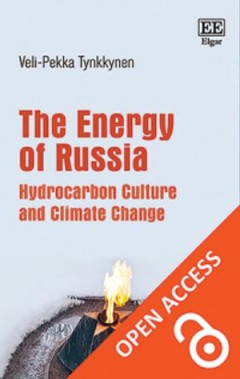
The Energy of Russia : Hydrocarbon Culture and Climate Change
This timely book analyses the status of hydrocarbon energy in Russia as both a saleable commodity and as a source of societal and political power. Through empirical studies in domestic and foreign policy contexts, Veli-Pekka Tykkynen explores the development of a hydrocarbon culture in Russia and the impact this has on its politics, identity and approach to climate change and renewable energy
- Edition
- -
- ISBN/ISSN
- 9781788978606
- Collation
- -
- Series Title
- -
- Call Number
- 650

Contingent Valuation of Environmental Goods : A Comprehensive Critique
Contingent valuation is a survey-based procedure that attempts to estimate how much households are willing to pay for specific programs that improve the environment or prevent environmental degradation. For decades, the method has been the center of debate regarding its reliability: does it really measure the value that people place on environmental changes? Bringing together leading voices in …
- Edition
- -
- ISBN/ISSN
- 9781786434692
- Collation
- -
- Series Title
- -
- Call Number
- 650
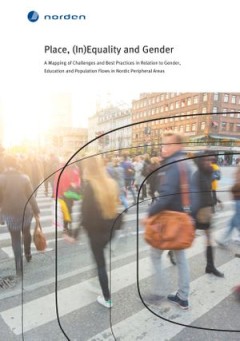
Place, (In) Equality and Gender
This mapping presents a selected overview of existing research on gender, education and population flows in the Nordic peripheral areas. These areas are faced with a series of challenges that cannot be analyzed nor solved without taking a gender perspective into account. The challenges relate to, for instance, altered living conditions caused by global changes, stagnated or negative economic de…
- Edition
- -
- ISBN/ISSN
- 9789289342674
- Collation
- -
- Series Title
- -
- Call Number
- 650

Mapping of Nordic Creative and Cultural Industries
The creative and cultural industries (CCIs) have recently been debated widely, and access to finance has been at the forefront. This KreaNord report, created in 2012, maps the Nordic CCIs’ financial environment, and shows that the environment is facilitating the same access to corporate finance for CCIs as for other sectors. However, the supply of project finance requested by CCIs, is rare/no…
- Edition
- -
- ISBN/ISSN
- 9789289342520
- Collation
- -
- Series Title
- -
- Call Number
- 650
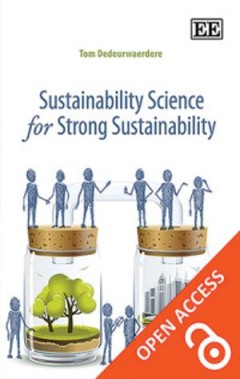
Sustainability Science for Strong Sustainability
The dynamism of science has been catalytic for human prosperity in recent history. Conventional perspectives of the ivory tower model of modern science are, however, rivalled by the failure of humanity to tackle global crises of an economic, environmental and social nature. Operational solutions to these pressures have grown and exposed pitfalls of modern science to date. Sustainability Science…
- Edition
- -
- ISBN/ISSN
- 9781783474561
- Collation
- -
- Series Title
- -
- Call Number
- 650
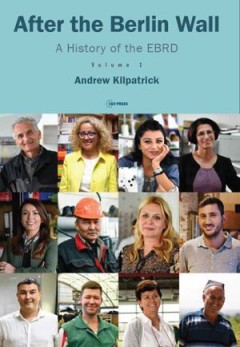
After the Berlin Wall : A History of the EBRD, Volume 1
After the Berlin Wall tells the inside story of an international financial institution, the European Bank for Reconstruction and Development (EBRD), created in the aftermath of communism to help the countries of central and eastern Europe transition towards open market-oriented democratic economies. The first volume of a history in two parts, After the Berlin Wall charts the EBRD’s life from …
- Edition
- -
- ISBN/ISSN
- 9789633863855
- Collation
- -
- Series Title
- -
- Call Number
- 650
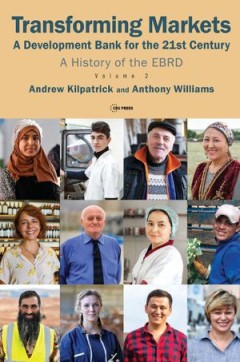
Transforming Markets
The second volume of the history of the European Bank for Reconstruction and Development (EBRD) takes up the story of how the Bank has become an indispensable part of the international financial architecture. It tracks the rollercoaster ride during this period, including the Bank's crucial coordinating role in response to global and regional crises, the calls for its presence as an investor in …
- Edition
- -
- ISBN/ISSN
- 9789633864128
- Collation
- -
- Series Title
- -
- Call Number
- 650

Overwhelmed by overflows?
This transdisciplinary volume investigates the ways in which people and organisations deal with the overflow of information, goods or choices. It explores two main themes: the emergence of overflows and the management of overflows, in the sense of either controlling or coping with them. Individual chapters show the management of overflows taking place in various social settings, periods and pol…
- Edition
- -
- ISBN/ISSN
- 9789198469813
- Collation
- -
- Series Title
- -
- Call Number
- -
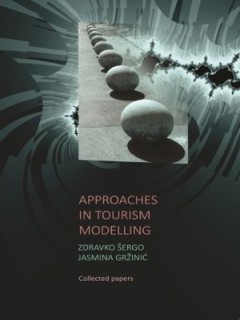
Approaches in Tourism Modelling
"Tourism research has indeed become a booming and attractive agenda for data analysis oriented empirical economist thanks to modern technology. There has been a tremendous improvement over last decades in the mathematical, statistical, probabilistic, and computational tools available to applied macroeconomics in tourism research. The book is no attempt to make comprehensive or broad representat…
- Edition
- -
- ISBN/ISSN
- 9783110628548
- Collation
- -
- Series Title
- -
- Call Number
- 650
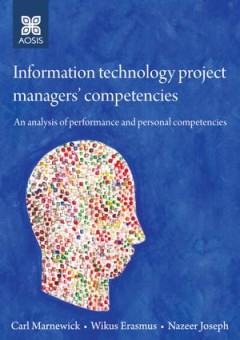
Information technology project manager's competencies
The purpose of this book is to shed light on the performance and personal competencies of information technology (IT) project managers in South Africa. Predictive models are built to determine what project managers consider the crucial competencies they should possess to deliver an IT project successfully. This investigation takes place in the context of poor IT project success rates globally a…
- Edition
- -
- ISBN/ISSN
- 9781928396055
- Collation
- -
- Series Title
- -
- Call Number
- 650
 Computer Science, Information & General Works
Computer Science, Information & General Works  Philosophy & Psychology
Philosophy & Psychology  Religion
Religion  Social Sciences
Social Sciences  Language
Language  Pure Science
Pure Science  Applied Sciences
Applied Sciences  Art & Recreation
Art & Recreation  Literature
Literature  History & Geography
History & Geography